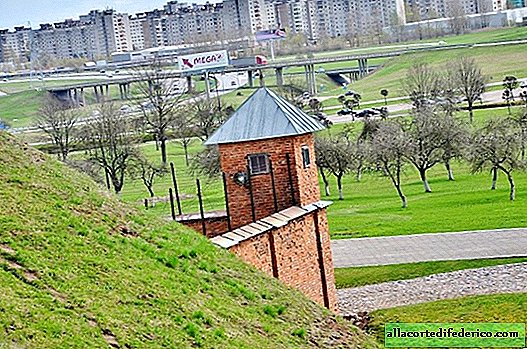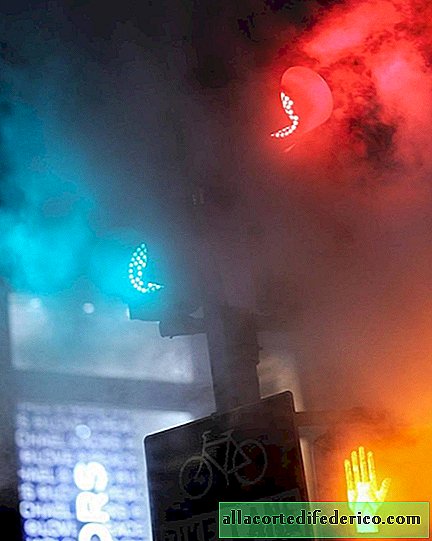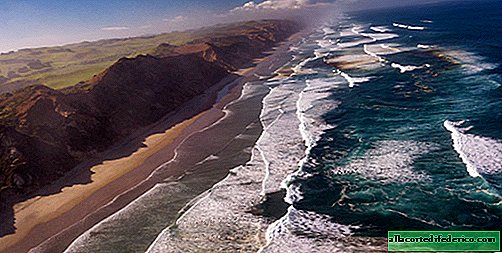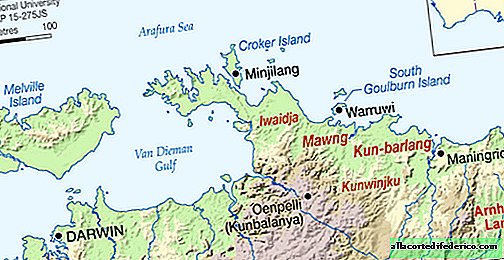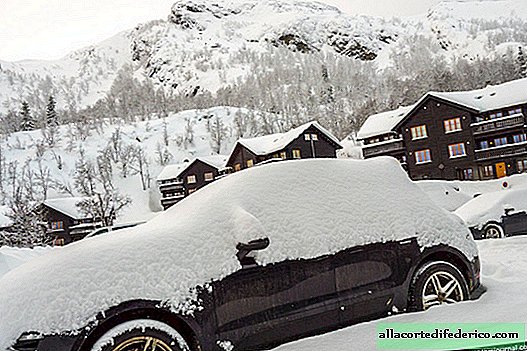Water funiculars - an ingenious solution to transport problems in European cities
In the middle of the XIX century, when they first appeared, funiculars were a very progressive type of urban transport. Small cable car trailers were designed to solve the problems of residents of large cities with complex mountainous terrain and dense urban development. Nowadays, this is more of a historical heritage that attracts the attention of tourists, although in some cities around the world funiculars have a very modern look and still play an important transport role. Among the funiculars, there is a water variety of this transport, whose work is very curious.

Traditional funiculars use engines to move passengers along the rail. Most often, there are two cars on the line, which are connected by a rope and move due to engine operation, as well as differences in weight between them. A feature of such small trailers is that they are designed specifically for a particular track, since the angle of inclination of the surface at each location of the line is different.
 Funicular work scheme
Funicular work schemeWater funiculars are arranged in a slightly different way and can work without electric motors. As a driving force, they use the difference in weight between the upper and lower wagons, which is achieved using ballast water. This simple and at the same time ingenious scheme was proposed by the Swiss engineer Nicklaus Riggenbach. Both cars, which, as in the traditional scheme, are connected to each other by a cable, have a water tank. The wagon located at the top is filled with water, it becomes heavier than the lower one and begins to move down. At the same time, the lower car begins to rise, the tanks of which are empty and do not create excess weight. The decision on how much water to collect on each flight was made based on the number of passengers.
 Water funicular in Braga, Portugal
Water funicular in Braga, PortugalThe advantages of water funiculars are that there is no need to waste electricity. At the same time, a sufficient amount of water is required, which is poured on each flight and drained. It could be a closed system, or the water was poured anew each time, and unnecessary sewage was used as filling.
 Water Funicular in Folkestone, UK
Water Funicular in Folkestone, UKBut along with the advantages of the water funicular there was one significant drawback, which ultimately led to the fact that this type of transport almost disappeared. The water in the tanks froze at low temperatures, so in the winter it was impossible to use them. Despite this, in Europe there are still several water funiculars, most of which are located in the cities of Great Britain.
 Water Funicular in Freiburg, Switzerland
Water Funicular in Freiburg, Switzerland





